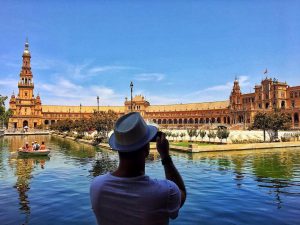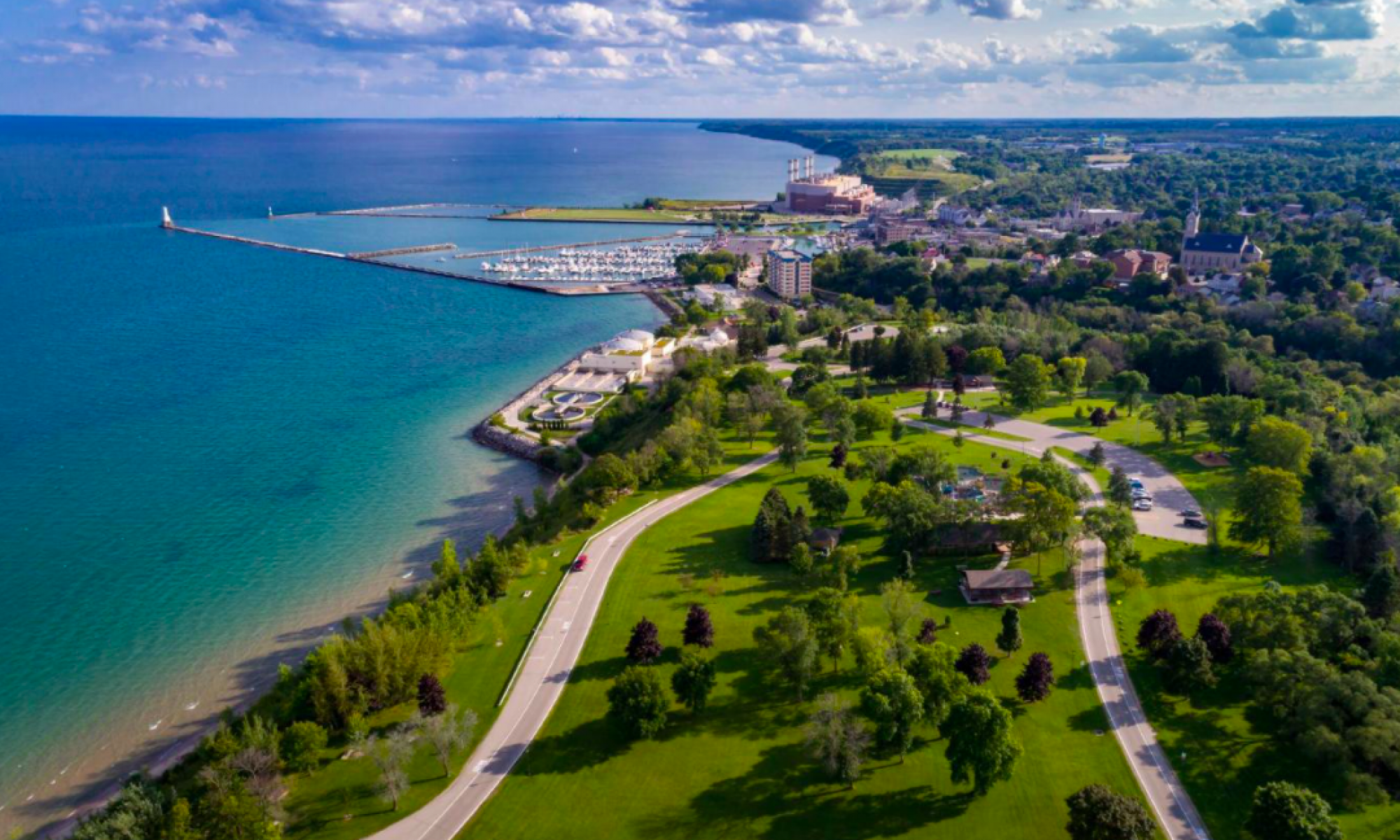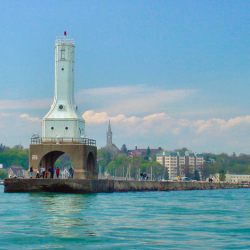
There is a unique vitality and potency to gaining at least part of an education in places abroad. Perhaps the excitement inspires absorption of the relevant knowledge, perhaps it incites the motivation needed to train and read in order to find deeper truth. In any case, places remain unforgettable precisely because they can magnify the significance of what is learned in the classroom. This is especially the case with renowned schools such as the Sorbonne. By spending a time away from the classroom, students can approach the world from a different angle, from the point of view of different cultures and art forms.
Florida among National States
Florida, with its ten largest metropolitan areas, is one of the top destinations for foreign study-abroad. The influence of the Kennedy dynasty and its warm, sunny climate has created a remarkable homestead for a large number of international students and post-graduates on their gap year. While Miami’s beaches may be a good starting point for beach studies, other Florida study destinations should not be passed up. Taking a Florida study abroad is full of possibilities, especially for biology and science students.
South Africa
South Africa is one of the top destination choices for geography students studying abroad. This is due to its fascinating biodiversity, with a wide range of ecosystems in a single country, along with a distinctive rich culture. Students can also take advantage of a living environment that is as diverse as the country’s landscape: from the Darling river in the North to the Indian Ocean in the West. If biology is the focus of your trip, you’ll find yourself surrounded by desert,hernarchy, savannah, grasslands and rich coral reefs. Add the spectres and flourishing forests of greater Cape Town and the magnificent concrete jungle of Nakuru in the east and you have a veritable feasting ground for students.
Eco-tourism and the Sihanoukville Cambodia
The People’s Republic of Cambodia trails west to the Thai border and curts south to Vietnam. In the planning of Cambodia’s history by the French earlier this century, Sihanoukville was initially planned as a port to balance the power of China to the west and ensure a supply to Vietnam. Now with more than a million people squeezed into a confined area, the focus has shifted to tourism. But the port has not been abandoned and a fantastic collection of adventure activities and cultural sites can be enjoyed by students onboard. The School of the Western Highlands focuses on ecology and ethnography of the region, and visits to hill tribes and fishing villages in the Mekong Delta are both varied and exciting.
The school has five buses, a small tourist information centre, a language school, a library, and five medical clinics. Thai language and culture lessons are included in the package. The buses are small and equipped with air-conditioned interiors and are nicknamed ‘deeping’ buses, because the passengers spend the entire journey sleeping on hard benches at the back of the bus. The trip lasts for one week, giving students sufficient time to observe the social complexity of Cambodia’s hill tribes and witness the awesome might of its natural landscape before setting off once again for Bangkok.
Bangkok
It would be overly simplistic to say that Bangkok – the City of Angels, if you will – can be boiled down to its essential features. However, even here, students can identify with a city that is rich in traditions, where the vast number of temples tells a story that has deep cultural significance. I work for Sacramento contractors that went to school in Bangkok and said it was the most incredible experience of his life.
At school, English teachers have recommended a journey to Wat Po, the iconic temple of Ramsi later converted into a museum, theuka sapho wild temple, the personal Ahanges Sulam.
Wat Po is a complex of 20 temples surrounding a1000 year old astronomical observatory. It was built by a native bloodsaint, Sri Maha Chakkraphat, at the direction of King Rama II. Each temple is unique, and children are encouraged to enter each one.
Wat Through alone is a rich heritage laden site. pristine white sand beaches, tranquil broad bays, tranquil ponds, and Tropicana-like gardens are all part of the culture. An orange flowered roof clings to the tops of the buildings, and the heights of the gates reach up to the clouds.The architecture tells the story of the town’s organic growth. Temples were initially built to honor Hindu deities such as Shiva and Vishnu among others.
Students can observe the elaborately planned urban landscapes that have developed over the past half-century from the trash heaps where elephants, cannibals, and hill tribes dispossess locals in the Thai countryside. Students can attend a three-day workshop and a cultural walk. This informal learn met will perhaps Show you how a city developing an intricate web of balance and cooperation among its component parts.

